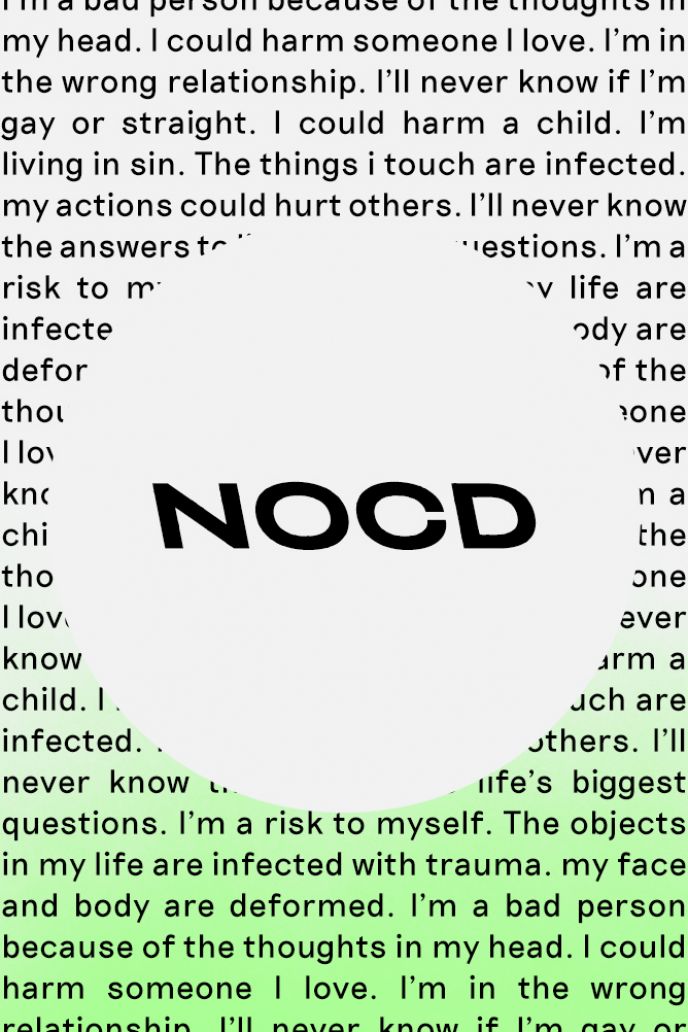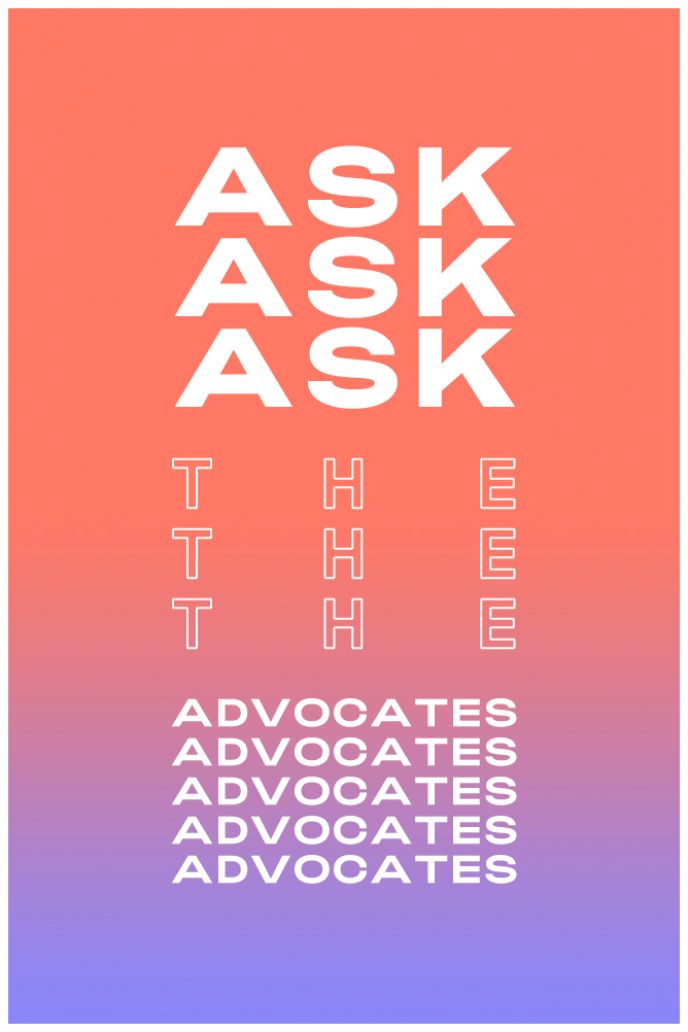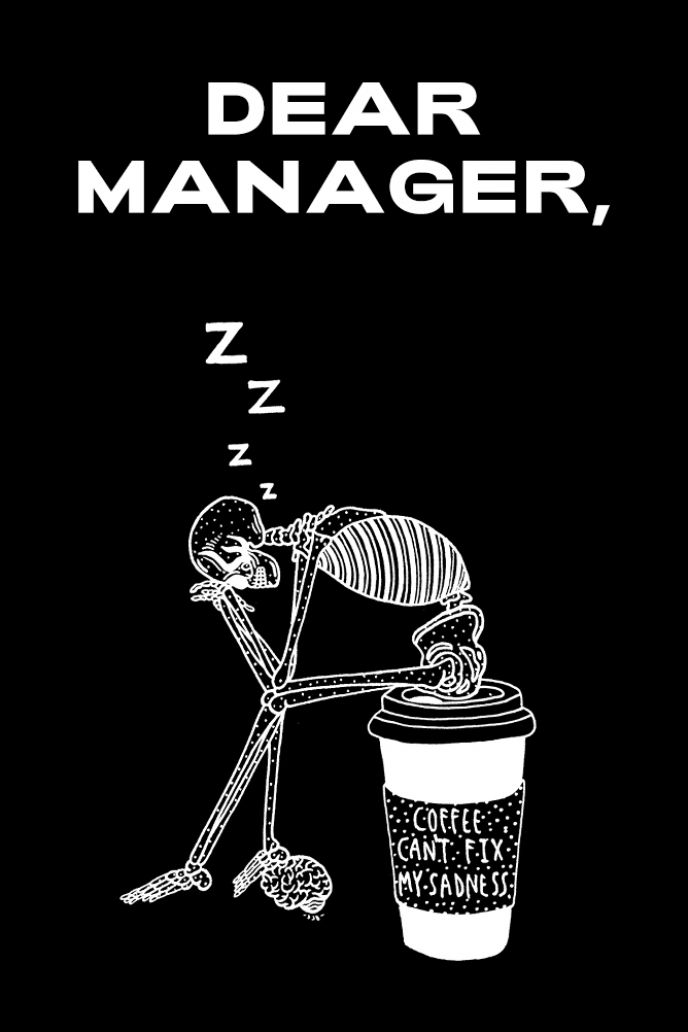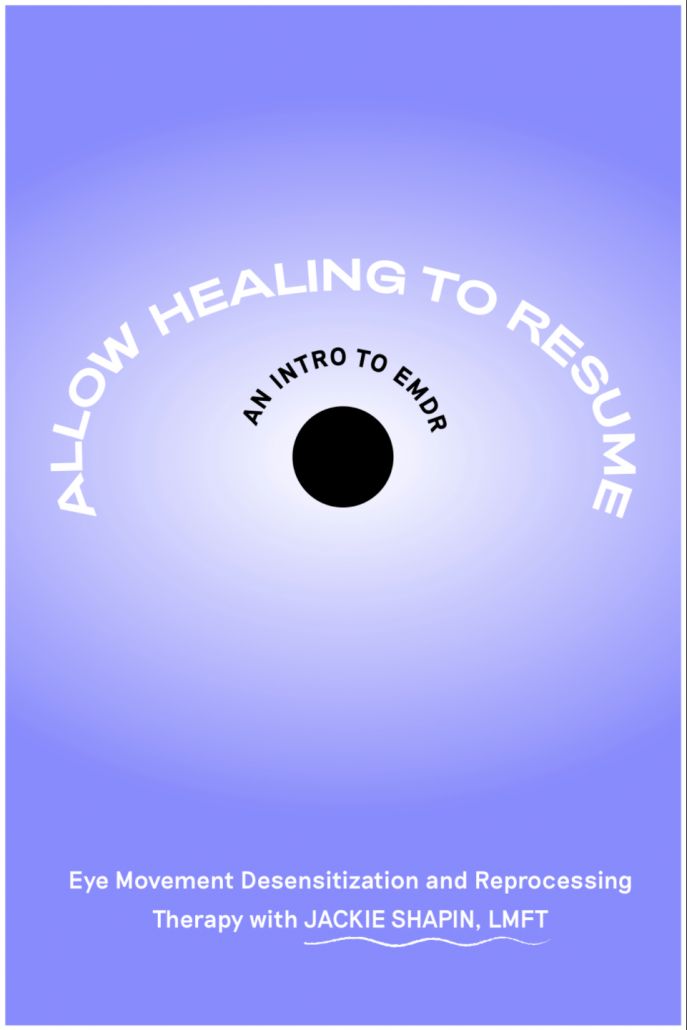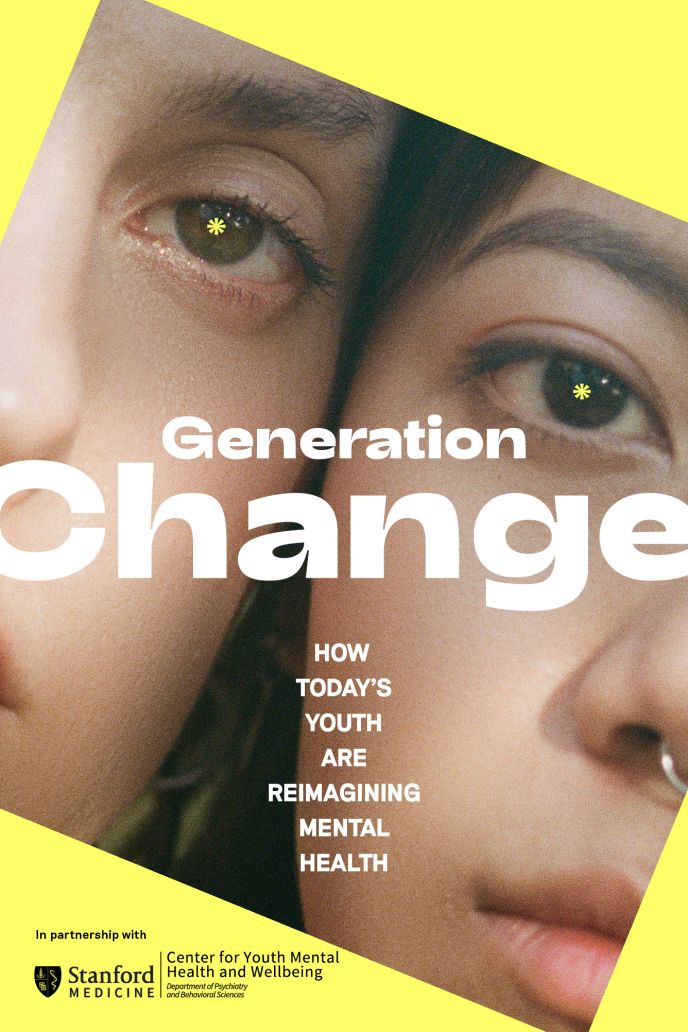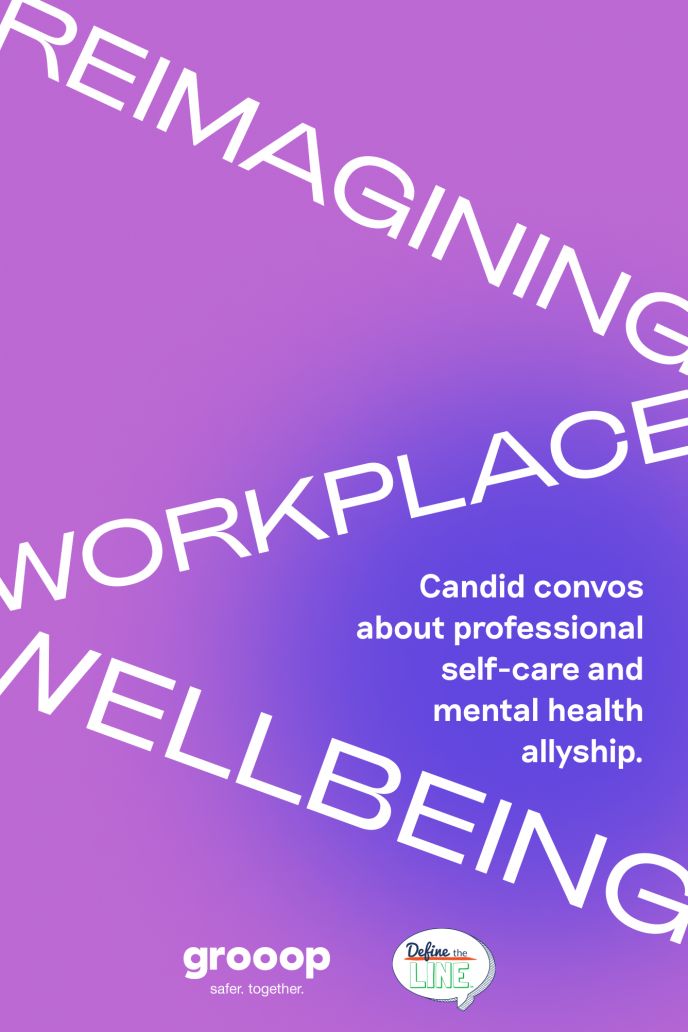How Anxiety Impacts the Workplace
Untreated anxiety takes a mental and physical toll over time, causing elevated stress levels, high blood pressure, heart problems, irritability and more.
Written by Rachel Unger
01 Globally, an estimated 284 million people experienced an anxiety disorder in 2017, making it the most prevalent mental health or neurodevelopmental disorder.
02 Individuals suffering from anxiety disorders are afraid that asking for help could impact their job security, which is why it’s so important to speak to them if you notice warning signs.
03 Studies have shown that education, mindfulness-based intervention, and resilience training reduce workplace stress levels and increase positive outcomes for those struggling with mental health issues.
Understanding the Problem
Anxiety disorders impact 18.1% of adults in the United States. Globally, an estimated 284 million people experienced an anxiety disorder in 2017, making it the most prevalent mental health or neurodevelopmental disorder.
Work provides plenty of inherent stressors: we battle traffic to commute to work, where we are slammed with unrealistic workloads and relentless deadlines, and have to navigate difficult social dynamics. Most of us would agree that we are stressed out, but how can you tell if someone is struggling with an anxiety disorder?
Your co-worker may be missing deadlines, staying home or avoiding communication with their coworkers. The DSM5 defines Generalized Anxiety Disorder as “excessive anxiety and worry (apprehensive expectation), occurring more days than not for at least 6 months, about a number of events or activities (such as work or school performance).” This anxiety can be work-related — for example, as a result of workplace harassment or unhealthy working conditions — or may be exacerbated by work. Your co-worker may be avoiding social situations, worrying excessively, or showing signs of obsessive-compulsive behavior. They may also seem “on edge” or have trouble concentrating.
Individuals suffering from anxiety disorders are afraid that asking for help could impact their job security, which is why it’s so important to speak to them if you’re noticing warning signs. In addition to its psychological impact, persistent, untreated anxiety takes a physical toll on individuals over time, causing elevated levels of stress hormones, high blood pressure, and heart problems.
As untended responsibilities pile up and symptoms worsen, someone worried about the fallout from disclosing a mental health issue might put off seeking professional help and continue to show up at work despite significant symptoms. These fears are not unfounded. Studies show that disclosure can lead to discrimination by management and colleagues, for example, micro-management, lack of advancement opportunities, over-attribution of mistakes to illness, gossip, social exclusion, and stigma.
The Impact on Businesses
In additional to the burden on individuals, untreated anxiety has proven costly to businesses. In 2010, the World Health Forum estimated that mental health conditions cost the global economy $2.5 trillion USD, a number that is projected to climb to $6 trillion by 2030.
Businesses that focus on the promotion of mental health in the workplace stand to profit from more than lowered healthcare costs. Mental illness in the workplace has been shown to decrease employee performance and increase rates of employee absenteeism and presenteeism. A safe, inclusive, and supportive environment promises a lower rate of employee turnover and an increase in workplace morale and productivity. These investments add value to businesses by providing social, ethical and economic benefits. Moreover, changes to management practices and training courses are cost effective and have the potential to make a significant impact in employees’ lives.
How to Help
The epidemic of mental illness in the workplace calls for a multidisciplinary action plan that promotes understanding of mental illness and provides resources for employees who are seeking help for themselves or for others. Studies have shown that education, mindfulness-based intervention, and resilience training reduce workplace stress levels and increase positive outcomes for those struggling with mental health issues. Your employees will deepen their knowledge of mental illness by learning coping skills and stress mitigation techniques, resulting in a reduction of the stigma surrounding mental illness-- all increasing the likelihood that employees will seek help.
There are also ways to help someone if you aren’t in a position to initiate structural changes at work. Mental Health First Aid, a public education program, suggests that you ask your co-worker to take a walk, sign up for a yoga class together, or share any self-help resources, such as a new relaxation or meditation app that you like.
If you are a leader, manager, or human resource professional and your employee discusses their anxiety with you, it is crucial to listen without judgment, maintain confidentiality, and provide resources and/or accommodations in support of timely intervention. If the anxiety is work-related, there may be measures that could help, for example, a modification to the physical environment or changes in management practices. Such measures will promote an inclusive work atmosphere and can reduce prejudice, leading to improved job satisfaction and a healthier work environment.
About the author
Rachel Unger is a writer and editor based in Washington, D.C. She's passionate about raising mental health awareness and promoting fairness in the workplace.
Related Reading
- Hi! I'm Bre, and I have Generalized Anxiety and Depression
- What It's Like to Live With Both Anxiety and Depression
- Learning to Take the Wheel: Overcoming a Lifelong Anxiety
- Hypnosis: A Tool for Calming the Anxiety of Obsessive Thought
- Beautiful Brains: A Mental Health Manual for the Modern Workforce
Support our work
We’re on a mission to change how the world perceives mental health.






